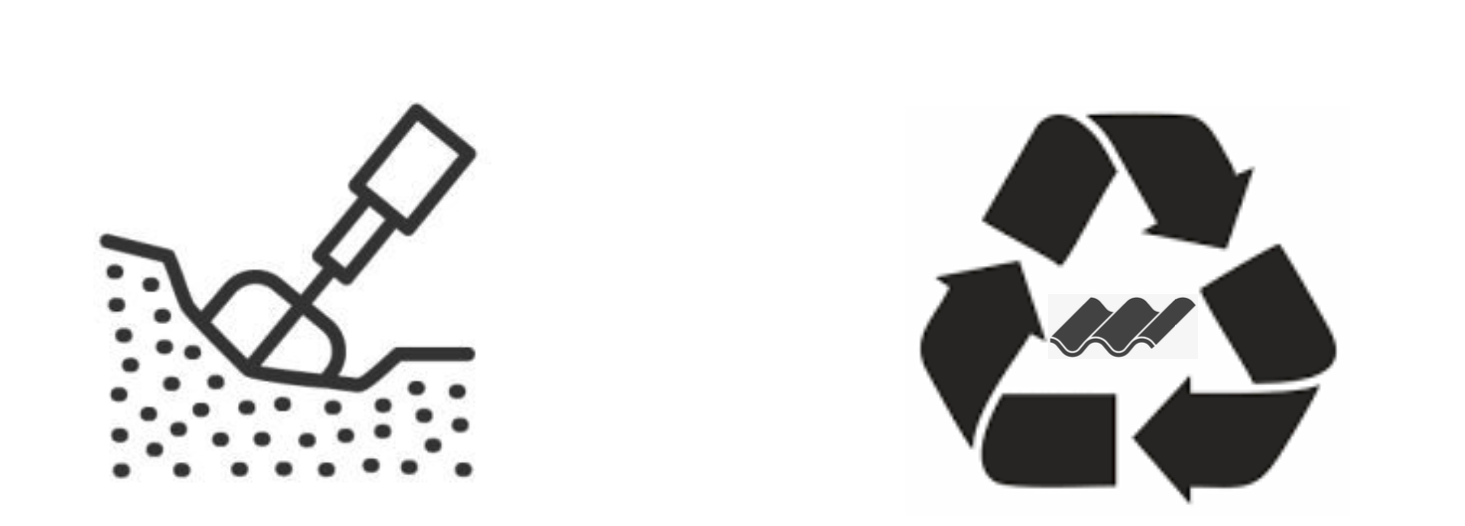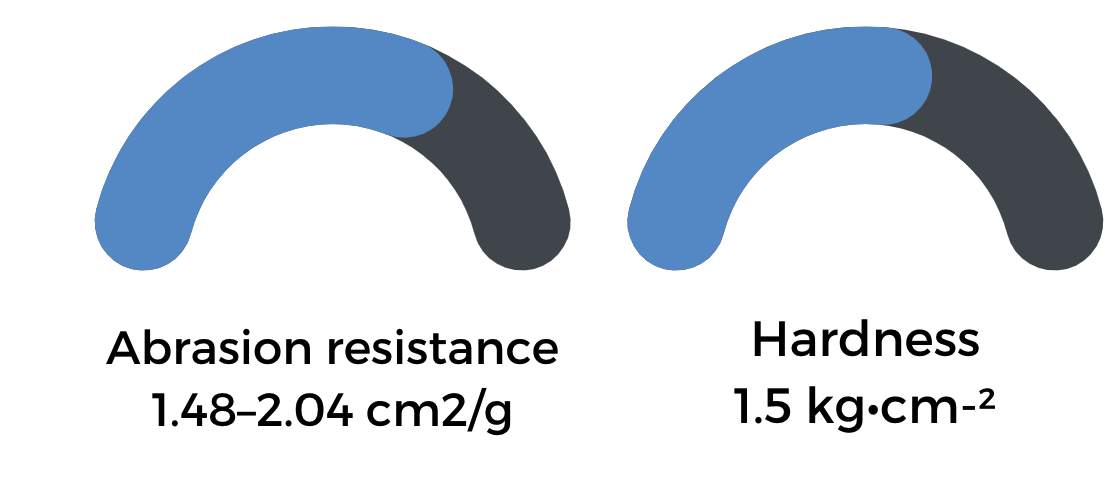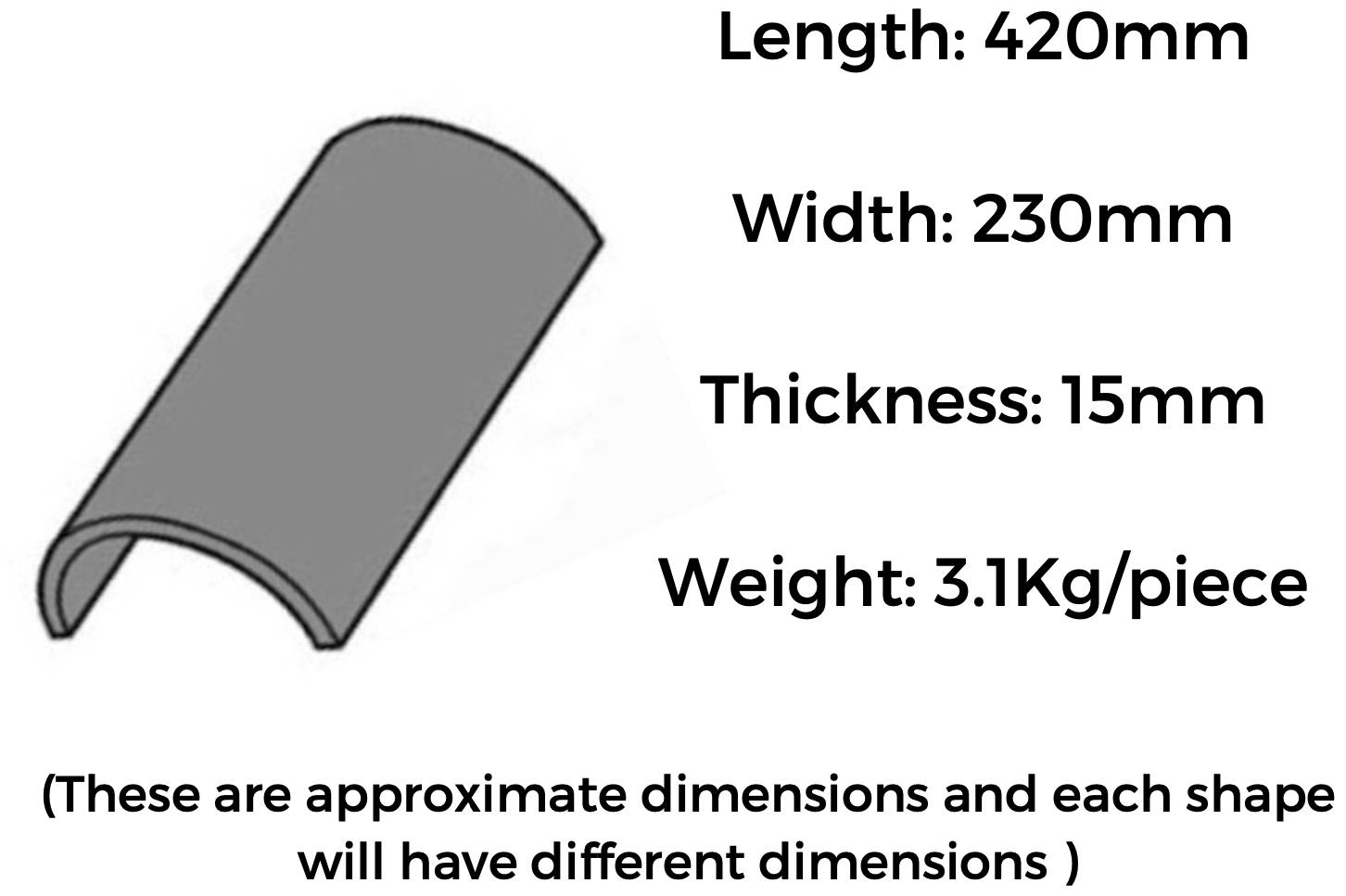Burnt Clay Roof Pan Tile
You will not see that much of burnt clay roof pan tiles in the modern day of architecture but there are still some buildings that you can still find around you depending on your location, for example in Turkey there are still many buildings you can find with these pan tiles. Which brings me to why this material was used so much in the older buildings, according to my research burnt clay are one of the best option for a roof cladding.
Lets begin with the CLASSIFICATION OF THE MATERIAL:
The Function of the material, since it is a roof tile it is used as a cladding. Not only the roof but you can also use these clay tiles are wall claddings as well.
The origin of burnt clay roof pan tiles they are organic, and mineral
Below there is a diagram of production process to understand more how this raw material turns into a roof pan tile.
As for the shape of the pan tile, you can have variety of different shapes according to the need or desired pan tile shape. There are mainly these 7 pan tile shapes that I have found which are:
Moving on to the production type which Clay is a naturally occurring resource that is mostly found on or near the earth's surface.
Clay tile do not degrade precious natural resources and are manufactured without the use of chemical preservatives. Tile saves energy and decreases the need for reroofing and waste disposal. In reality, clay roof tiles are easily recyclable and may be returned to the manufacturing stream immediately.
The connection type includes both mechanical and wet connections. with mechanical connections each pan tiles are individually fastened by driving a nail at the base of the pan tile. To add another pan tile depending on the shape they can be overlapping on top of the first tile. Some of the tiles shapes are made for them to interlock each other but fastening by driving a nail is still necessary to be long lasting. As for the wet connection which is less likely to be used, mortar is used as an adhesive to give addition support to the tiles BUT the tiles can not be connected with mortar only there still is the need for the tiles to be mechanical fastened with driving a nail through each tile.
To give a ideas about the connections, below you can find the first image that I found in one of the company catalog which is called Marley and it is a British brand (I have added the their website link at the very end and you can find the pdf of this image that i have taken, you can also find there other catalogs) in the second image I wanted to show the interlocking mechanism.
Moving onto the PROPERTIES OF THE MATERIAL:
Mechanical Properties:
Thermal Properties:
Chemical Properties: it is resistance to chemical effects:
Embodied Energy: it has reusability energy and recyclability. Just as I mentioned before you can recycle clay tiles and reuse or crush them. Without further processing crushed clay tiles can also be used as aggregate.
Water And Fire Properties: it is waterproof and with class A fire rating. It also have an average of 18% for water absorption.
Dimensional Properties:
Properties about surface structure: Clay tile roofs do not require routine care to maintain them in good condition. They do not require power washing or re-coating with any specific products. Maintenance would only be required if a clay tile broke or cracked. Clay tiles are quite simple to restore. If a tile becomes damaged or cracked, it may be readily changed without removing all of the other tiles. The lifespan of a clay tile roof might range from 50 to 100 years. You may expect it to survive a long time if it was put properly and great care was taken not to harm the clay tiles.
Visual Properties: Since clay is naturally occurring, clay tiles may retain their original color for many years, even when subjected to extreme weather. Generally the texture of the tiles are smooth, but can be glossy if color is put to the pan tile. It can also sometimes be roughened, combed, or brushed.
Clay tiles are often coated in a unique glaze composed of chemical substances such as silica, manganese, fluxes, and aluminum oxide, which can boost durability and change the color.
Costs:
References:
- https://dreamcivil.com/clay-roof-tiles/
- https://www.cedur.com/clay-vs-concrete-roof-tiles
- https://modernize.com/roof/types/clay
- https://yukseltuglakiremit.com/en/why-clay-tiles.aspx
- https://www.creaton.com/products/clay-roof-tiles
- http://www.tiles-bricks.eu/production-process
- https://www.lifestiles.co.uk/clay-tile-slate-sustainability/
- https://tileroofing.org/why-tile/environmental-impact/#:~:text=Clay%20and%20concrete%20tile%20do,returned%20to%20the%20manufacturing%20stream.
- https://www.thebalancesmb.com/how-to-install-clay-roof-tile-844477
- https://file.scirp.org/Html/1-8102598_67123.htm#:~:text=2
- https://testbook.com/question-answer/the-average-compressive-strength-of-a-burnt-clay-b--5b928191f2ccc3119715aad0#:~:text=Download%20Soln%20PDF-,The%20average%20compressive%20strength%20of%20a%20burnt%20clay%20brick,than%2012.5%20N%2Fmm2.
- https://iopscience.iop.org/article/10.1088/1757-899X/1090/1/012009/pdf
- https://law.resource.org/pub/in/bis/S03/is.2690.2.1992.pdf
- https://www.researcher-app.com/paper/9072152
- https://www.scirp.org/journal/paperinformation.aspx?paperid=112139
- https://core.ac.uk/download/pdf/37835971.pdf
- http://www.tpl.fpv.ukf.sk/engl_vers/thermophys/2007/Paper14.pdf
- https://web.ornl.gov/sci/buildings/conf-archive/2013%20B12%20papers/163-Olson.pdf
- https://analyzing-testing.netzsch.com/en/applications/building-materials/roof-tiles-thermal-expansion
- https://www.econo-roofing.com/3-compelling-reasons-tile-roofs-perform-best-in-california
- https://www.researchgate.net/figure/Clay-tiles-Summary-of-test-results_tbl2_319178632#:~:text=The%20dry%20density%20was%20ranged,samples%20showed%20similar%20density%20values.
- https://www.self-build.co.uk/how-to-cost-your-roof-tiles/
- https://www.lawnstarter.com/blog/cost/roof-cleaning-price/
- https://roofhippie.com/pros-cons-clay-tile-roof/
- https://www.roofings.in/blog/kpg-branded-tiles-vs-traditional-clay-roof-tiles-cost-advantages-and-disadvantages-of-tile-roofs/
- https://www.milliyet.com.tr/pembenar/kagider-projesi-ile-kadin-kooperatiflerinin-el-emegi-ozlem-suer-markasiyla-bulustu-6627829
- https://tileroofing.org/why-tile/environmental-impact/
- https://www.bpindex.co.uk/res/pdfs/b5d778f1fe3576.pdf
- https://rooftileassociation.co.uk/tech_lib/pantiles-clay-and-concrete/
- https://theconstructor.org/building/clay-roof-tiles-types-properties-advantages/563363/
- https://www.youtube.com/watch?v=v3tq6A--WuE
- https://www.marley.co.uk/blog?filters=[{%22Category%22:%22Clay%22}]
- https://www.researchgate.net/publication/333668455_An_Approach_for_Evaluating_External_Wall-Roof_Coupling_Detail's_Performance
- https://www.archdaily.com/75265/st-laurentius-c18-architekten

















Yorumlar
Yorum Gönder